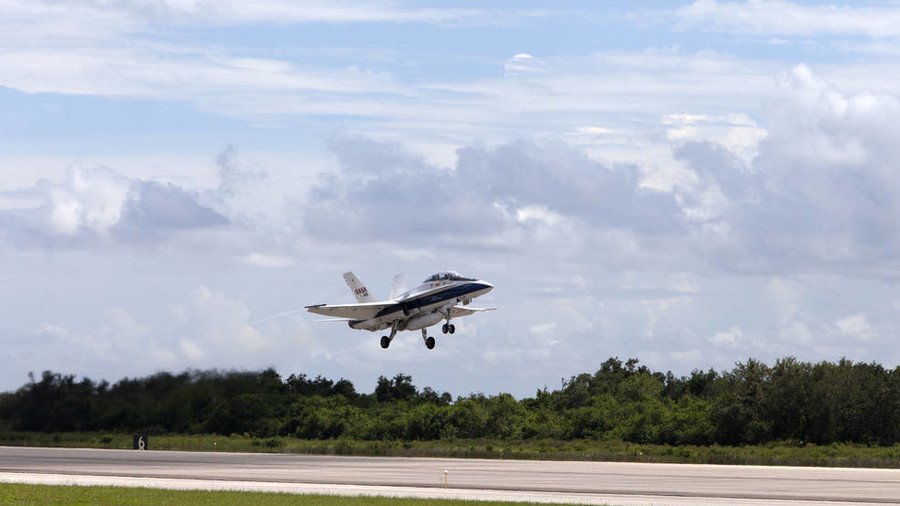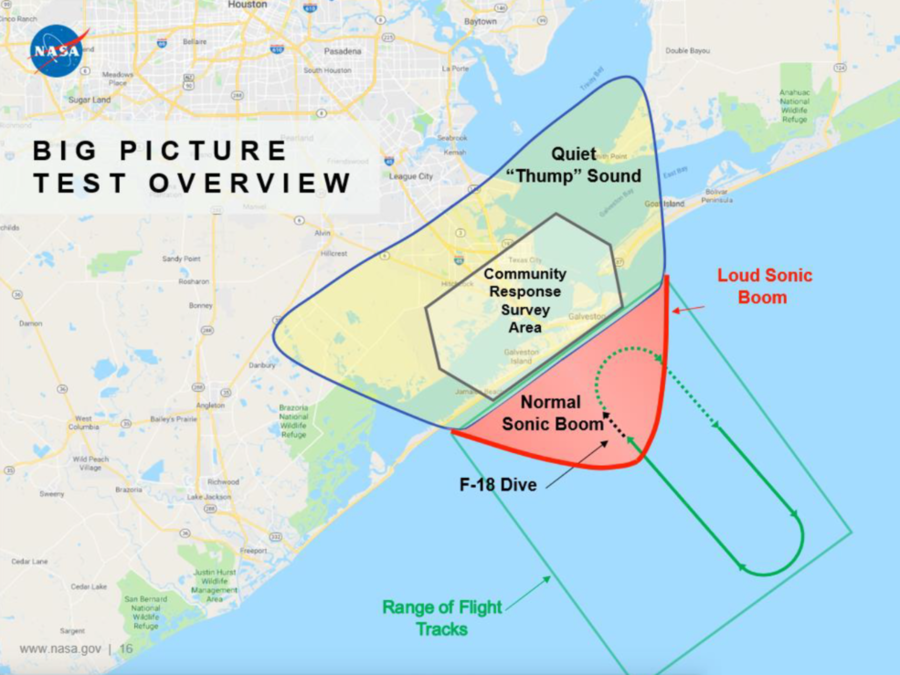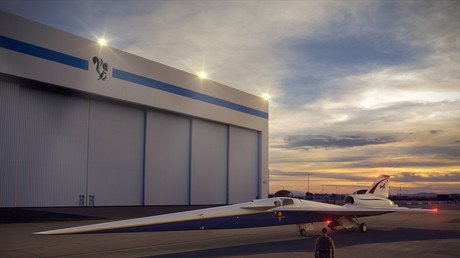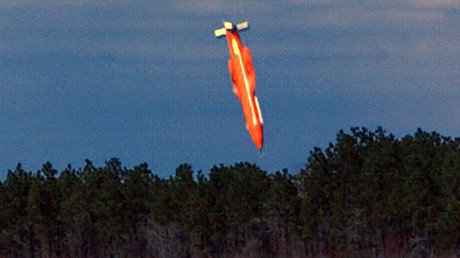Sons of the Concorde: NASA explores 'quiet' sonic boom & prospects of supersonic passenger aircraft

NASA has embarked on its quest for a “quiet” sonic boom, exploring prospects for the return of supersonic aircraft into commercial aviation. The agency exposes volunteers to frequent "hushed" booms and gathers feedback.
The agency launched a two-week research program into “quiet” supersonic flights near Galveston, Texas on Monday. NASA uses an F/A-18 fighter jet and gathers feedback from the residents, experiencing frequent sonic booms.
While the aircraft is not fitted with anything to reduce the boom effect, it uses a tricky maneuverer to reduce it. The plane climbs to some 50,000 feet and then dives, creating regular boom, which should be heard on the ground as a quieter “thump,” according to NASA.
Said “thumps,” produced by the F/A-18 “present no risk of causing physical damage to people or structures,” yet they can be perceived differently in various locations due to weather conditions. Apart from getting feedback from the 500 volunteer residents, the agency has installed a number of microphones in the area to match the people’s response with registered noise levels.
Early feedback from Galveston, however, suggests that the “thumps,” while quieter than a full and bold supersonic boom are still loud.
“I heard the 'quiet thump' this morning,” local media quoted one of the residents as saying. “It's definitely much better than a traditional sonic boom but I wouldn't want to listen to it all the time such as regular commercial air flights. It still rattles the windows.”

The ongoing tests are the prelude for the flights of the X-59 QueSST (Quiet SuperSonic Technology) flight demonstrator, set to take place in 2022. The ‘quiet’ machine, which is currently under development, will fly at supersonic speed directly over selected communities.

If the agency succeeds in development of a quiet – or, rather acceptably noisy – supersonic aircraft, it might become a solid start for such planes getting back into the commercial field. As of now, no such machines are operated, while supersonic overland flights are outright banned in the US and Europe.
READ MORE: ‘Flying saucer’ photo released by NASA as it revisits old project’s demise
Only two supersonic passenger planes have ever been operated commercially – Soviet Tu-144, which saw brief service in 1970s, and the Aérospatiale/BAC Concorde – used by the UK and France for 27 years. The large planes faced several challenges, including overpressure, surface heating, questionable profitability and others. Sonic booms and generally loud noise, produced by the aircraft, was a serious a problem as well, with the Concorde only going supersonic above sea to avoid disturbance of populated areas.
Like this story? Share it with a friend!














